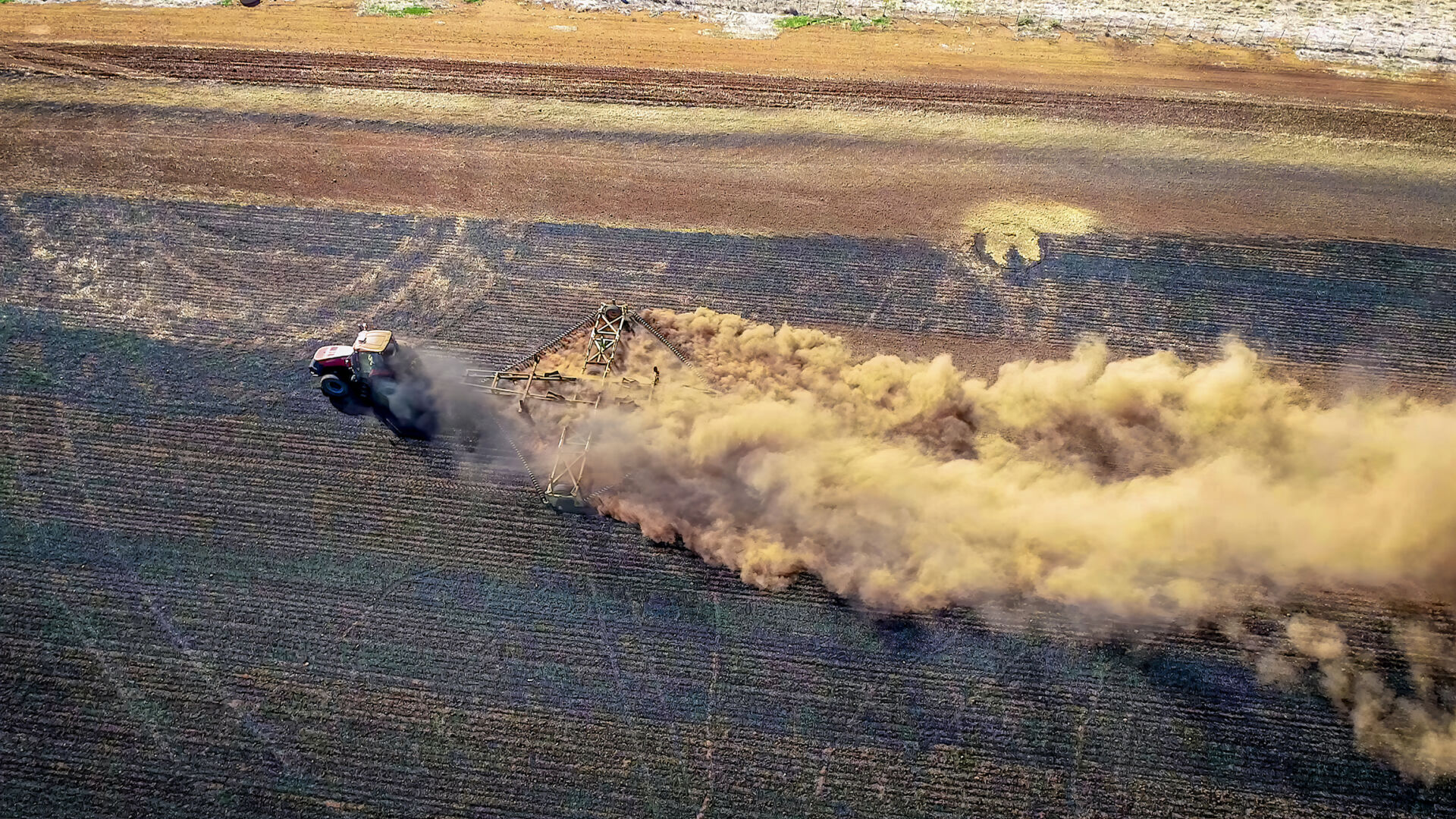Metric:
Change in soil quality of affected soils
Type
Related framework / metric
TNFD: FA.A5.2, FA.A5.5, FA.A5.6, FA.A5.7
Units
Example target
Example methods / guidance / references
What are tiers?
Tier 1
Estimate using own judgement and observations
Methods for assessing various soil condition metrics using on-site visual assessment can be found in North Central Catchment Management Authority’s Soil Health Guide.
A useful reference, particularly for rangelands soils, is Tongway and Hindley (2004).
Tier 2
Estimate using third-party professional estimates or public data
Tier 3
Model or measure based on site-specific surveys/sampling, remote or in-field sensing, laboratory analysis, etc.
Methods for measuring soil pH, soil organic carbon, salinity, extractable phosphorus and groundcover can be found in AfN-METHOD-S-02 “Level 3 Soil Assessment for Productive Land (Landcare)“.
Methods for measuring soil organic carbon, total nitrogen, soil pH, ground cover, salt-affected area/saline extent, soil electrical conductivity and bulk density can be found in AfN-METHOD-S-01 “Land Restoration Fund (LRF) Soil Health Monitoring Method”.
Example data sources
Internal records
Third-party data sources
Maps of various spatially modelled Australian soil variables are available at the Soil and Landscape Grid of Australia – Soil and Landscape Grid Viewer.
Maps of various spatially modelled and measured Australian soil variables are available at Visualising Australasia’s Soils (VAS).
Maps of various remote sensed Australian ground cover variables are available at Digital Earth Australia Map – DEA Fractional Cover.
Site-specific measurements or model outputs
Data on various spatially modelled Australian soil variables are available at the Soil and Landscape Grid of Australia – Get the Data.
Data on various measured Australian soil variables (obtained from various state and national data sources) are available at SoilDataFederator.
Data on various measured Australian soil variables are available at the Australian National Soil Information System (ANSIS) Data Portal.
Data on various remote sensed Australian ground cover variables are available at Digital Earth Australia – DEA Fractional Cover.
Notes
This measure may be derived from ecosystem asset condition accounts (see Ecosystem assets). Relevant soil quality variables may include any of the physical, chemical or biological characteristics of soils that enable soils to provide ecosystem services. Impacts on soil quality may also be measured indirectly, e.g. by using % bare ground or % productive land with retained stubble as a proxy for exposure of soils to erosion and/or loss of nutrients.
Variants of this metric include:
TNFD Food and agriculture additional disclosure metric FA.A5.2: “Proportion (%) of land with soil degradation in the total area of agricultural production, including soil erosion, reduction in soil fertility, salinisation of irrigated lands and waterlogging.”
TNFD Food and agriculture additional disclosure metric FA.A5.5: “Antimicrobial residue in the soil (nano/milligrams per kilogram of soil).”
TNFD Food and agriculture additional disclosure metric FA.A5.6: “Soil bulk density, measured as the ratio of a soil’s dry mass and its volume (g/cm3).”
TNFD Food and agriculture additional disclosure metric FA.A5.7: “Soil organic carbon (tC).”
Last updated: 18th September 2025

